Quakes, storms, and the politics of forgetting

It was an ordinary Tuesday night, almost 11 p.m., the tailend of my 10-day duty at Bantayan District Hospital, 137 kilometers from Cebu City. The kind of night when fatigue turns corridors into silence. Then, like Green Day’s lyric about September ending, the earth jolted us awake.
A magnitude 6.9 earthquake struck Bogo City and several northern Cebu towns on Sept. 30, 2025, at 9:59 p.m. Sixty-eight lives lost. About 366,360 affected. Nearly 80,000 families displaced. Governor Pam Baricuatro, just 142 days into her term, rushed to Cebu Provincial Hospital in Bogo, set up a command center, and appealed for help. Cebu answered, at least for the first two days.
San Remigio’s recreational center collapsed. Bantayan’s centuries-old church lost its facade. In Bogo, buildings fell like Lego bricks.
In Metro Cebu, the Mandaue-Mactan Bridge swayed. High-rises were inspected for cracks. Hospitals evacuated patients to the streets. At Cebu City Medical Center (CCMC), obstetrician Dr. Grace Rabago delivered a baby in the rain, nurses shielding mother and child with umbrellas.
The province had not felt a quake this strong in years, yet the memory was too familiar. Twelve years earlier, Oct. 15, 2013, a magnitude 7.2 earthquake devastated Bohol. More than 200 dead. The same CCMC was crippled, abandoned, and reduced to a glorified parking lot. Successive mayors staged ribbon-cuttings, but no real hospital rose. Ironically, in 2020, when COVID-19 struck, the city built a “temporary quarantine facility” in just 10 days. But a permanent hospital? Still a promise. The pandemic itself claimed 66,684 Filipino lives out of 4 million confirmed cases.
Twenty-four days after the 2013 quake, Typhoon “Yolanda,” then one of the strongest typhoon in recent world history, slammed Guiuan, Tacloban, and Palo before striking Cebu’s Daanbantayan and Bantayan Island, Iloilo’s Conception, and Palawan’s Coron. Some 6,452 lives lost.
Bohol, still reeling from its earthquake, was left gasping as the world’s attention pivoted to Tacloban. Fast forward: Dec. 16, 2021, Typhoon “Odette” battered Cebu and killed 410. Pandemic protocols evaporated overnight, proof that government memory is even shorter than public patience.
I lived through all of these. I sutured earthquake wounds outside Bantayan Hospital after this year’s quake. I was in Tacloban the day before Yolanda hit, and escaped just in time. I was at home when the 2013 quake struck, and when Odette toppled Cebu’s power lines in 2021.
I also witnessed Yolanda’s global response. Some countries sent aid and doctors to Tacloban and Palo. Humanity, for a moment, outshone politics. Yet at home, calamity funds became receipts without accountability. Relief goods arrived late, some never at all. Yolanda’s housing projects remain unfinished, substandard, or ghost. The Pharmally scandal taught us that in the Philippines, disaster is always a business opportunity.
Last Wednesday, stranded in Santa Fe, Bantayan Island, I could not sail out, the port to San Remigio was damaged. At Kota Beach, I found the skeletal frame of an unfinished hotel tied to a former presidential adviser. It survived not because of structural integrity, but because corruption is earthquake-proof. Untouched, incomplete, and immune to collapse, a ghost project in broad daylight.
Today, passing through Medellin’s Kawit port and Sogod, I saw families begging for food and water on the roadside. Alongside them were convoys of private donors, NGOs, and volunteers, hashtags optional. Uniformed men clustered in Bogo, doing their duty.
But strip away the press releases, the photo ops, the Facebook resibos, and what remains is hunger. No electricity. No potable water. No certainty about tomorrow. Aid trickles; hunger floods. This is the paradox of Filipino resilience: our altruism shines brightest when institutions collapse into darkness. We are always ready to help one another when storms rage and earthquakes, but our leaders remain experts only at rebuilding facades, never foundations.
Twelve years after Bohol and Yolanda, we are still asking: How many disasters will it take before this country learns to build not just buildings, but memory, accountability, and foresight? If resilience is our national virtue, then forgetfulness is our national sin.
—————
Melben Jochico, MD is a licensed physician, editorial satirist, and lifelong observer of Philippine disasters, both natural and political. He has served in district hospitals across Cebu and writes about the intersection of medicine, memory, and public accountability.



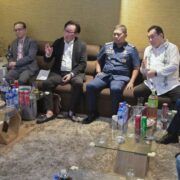



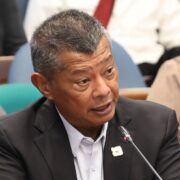
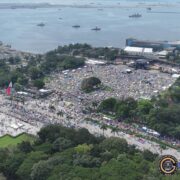
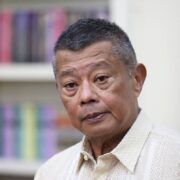

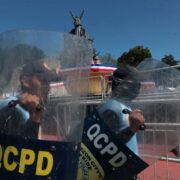


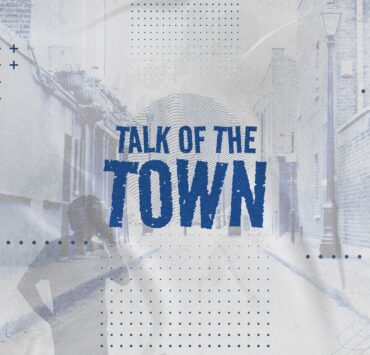


Napocor’s inverse Robin Hood program